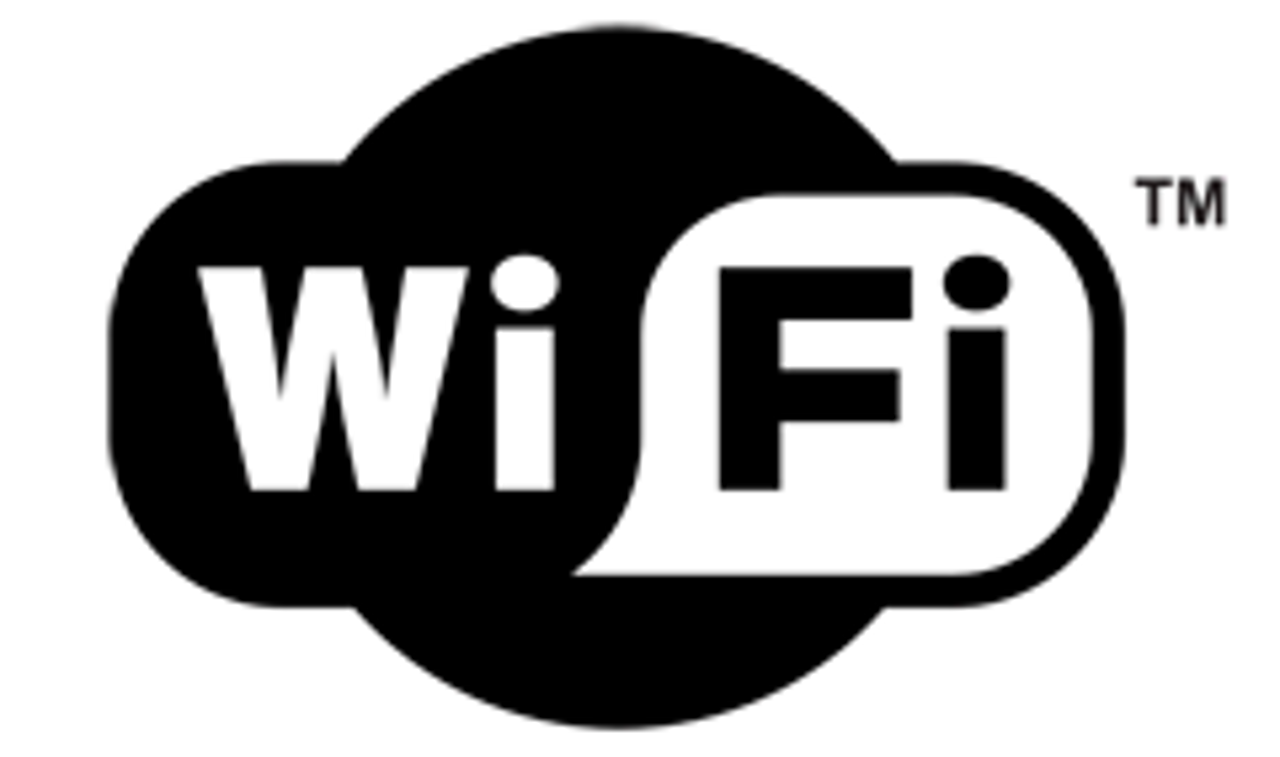IEEE 802.11a, b, g, j, p, n, IEEE 802.11ac and IEEE 802.11ad
WLAN is a wireless local area network technology that uses OFDM as the multiple access scheme (except 11b). The maximum communications distance is 100 meters. WLAN communicates in the ISM bands (2.4 GHz and 5 GHz), which are available all over the world. WLAN is highly optimized for IP and Ethernet. Therefore, it is ideally suited for wireless Internet access.
The standards association approved the IEEE 802.11n amendment to the IEEE 802.11-2007 standard in September 2009. The high throughput (HT) enhancement IEEE 802.11n includes MIMO technologies with up to four antennas and a higher bandwidth of 40 MHz.




